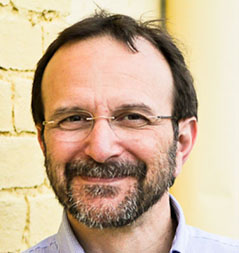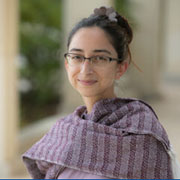Anthony writes: The Vanquisher of Polio Also Stood for Jewish Rights He insisted that if they wanted his clinic, the redlining had to stop. May 24, 2019 12:42 p.m. ET Regarding Bob Greene’s “Vaccines Made…
Steen writes: Regarding Dickson’s pick of the week on TWiV 537 (starting at 1:29:02): it looks like leafhoppers (Cicadellidae) are closely related to but distinct from treehoppers (Membracidae). As briefly noted in the National Geographic…
Michal writes: Dear TWIV crew, First, I’d like to thank all of you extremely likeable hosts for a great podcast and fascinating discussions. One of the interesting topics in 2018 in my mind was the…
At the University of Wisconsin-Madison, Vincent meets up with one of his virology heroes, Roland R. Rueckert, to talk about his research and his second career as a forest manager.
Suellen writes: TWiV 525 was the bees knees! Another excellent podcast, really very very good. Learned a ton about bees. Have listened twice, might give it a third listen. Andrea writes: Dear TWIV team Thank…
Brianne and Vincent tackle two studies that utilize infectious viruses to examine zoonotic potential of Bombali virus, a new ebolavirus from an insectivorous species in Sierra Leone, and a human mumps-like virus from an African flying fox in DRC.
The TWiV team notes the passing of Tom Steitz, an outbreak of acute flaccid myelitis in the US, a continuing Ebola virus outbreak in DRC, respiratory vaccinia due to inhalation of ground up rabbit skin, and how a human papillomavirus capsid protein directs virus-containing endosomes towards the nucleus.
Harold writes: Greeting Here in cubicle land it is a comfortable 74 degrees F with 60% relative humidity. Bright LED lights provide constant indirect illumination I have been reading about the recent increase of cases…
Jay writes: TWIVumvirate, While listening to TWIV 512, I was inspired to do a search on plant bioinformatics, and came upon the best URL. Ever. Lawrence-Dill Plant Informatics and Computation Lab @Iowa State https://dill-picl.org/ Also,…
Jens returns to present a brief history of bioweapons, with a focus on the program in the Soviet Union, the largest ever undertaken, and his experience working in the decommissioned Soviet bioweapons laboratory known as Vector.








